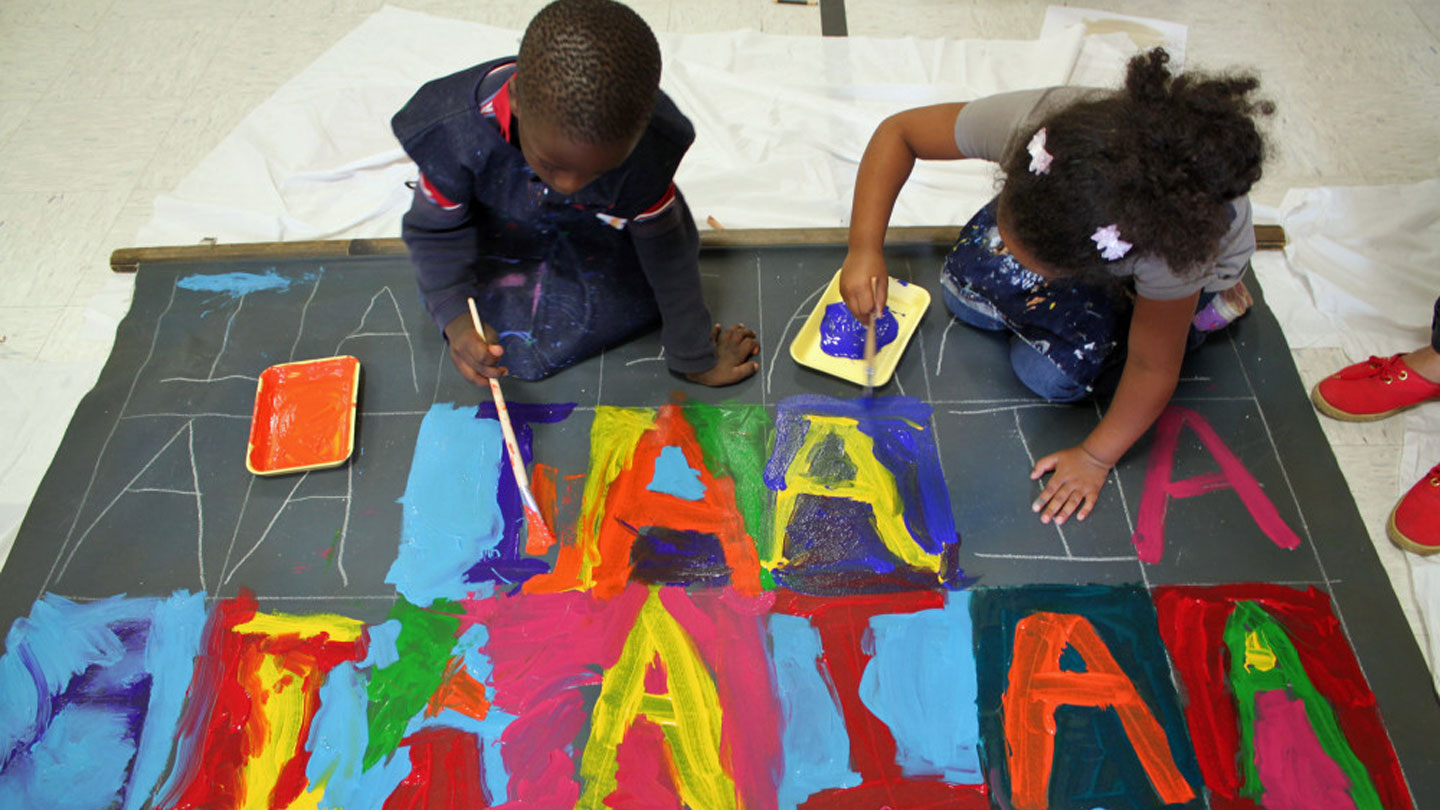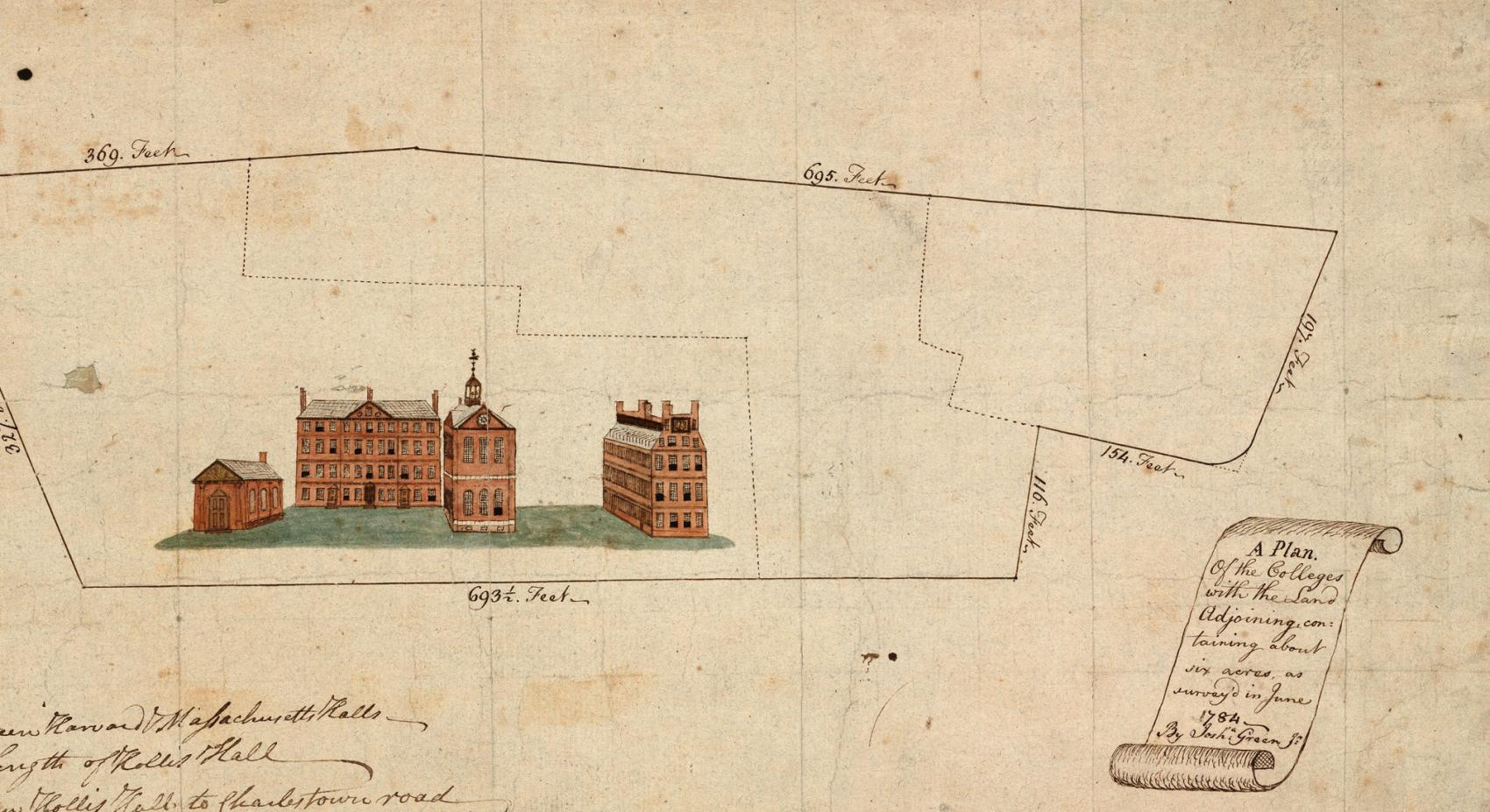Engaging First-Year Students in Arts is crucial for fostering a deeper appreciation of the humanities and its significance in our everyday lives. As universities like Harvard launch innovative introductory humanities courses, the emphasis on student engagement in arts becomes even more vital. Research indicates that while many students enter college with an initial interest in first-year arts education, a significant number lose that enthusiasm over time. This decline highlights the importance of reimagining how we introduce these subjects, ensuring they resonate with new students seeking to understand the complexities of human culture. The Harvard Arts and Humanities initiative represents a progressive approach aimed at revitalizing interest in the importance of humanities, making it essential for first-year students to connect with these foundational topics.
Attracting new students to the creative disciplines is essential for nurturing a vibrant academic environment within the arts and humanities. The introduction of refreshed introductory courses plays a pivotal role in inspiring first-year learners to explore their artistic inclinations and engage meaningfully with artistic expressions. With an emphasis on innovative teaching methodologies, the initiative focuses on rekindling student interest in critical areas of study such as literature, theater, and visual arts. By fostering a sense of community and encouraging discourse within these fields, institutions can reinforce the value of an arts education, which often faces competition from more traditional career paths. This revitalization reflects a broader cultural commitment to embracing the rich narratives and profound insights offered by the humanities.
The Importance of Engaging First-Year Students in Arts Education
Engaging first-year students in the arts and humanities is crucial for fostering a vibrant intellectual community. As Dean Sean Kelly points out, the current trend of declining interest in these fields underscores a pressing need to captivate students from the onset of their college experience. The restructuring of the introductory humanities courses aims to address this very issue by resonating more with the interests and expectations of modern students. These courses are designed not only to educate but also to stimulate curiosity and passion for the arts, which, in turn, is essential for cultivating a well-rounded academic environment.
The significance of integrating the arts into first-year education goes beyond mere aesthetics. It provides students with critical analytical skills and a deeper understanding of cultural contexts—important facets of their overall education. Engaging students through innovative approaches that incorporate contemporary themes and issues can make the arts more accessible and relevant. By promoting student engagement in arts education from the start, institutions can help lay the groundwork for future academic pursuits in humanities fields, ultimately contributing to their long-term success and satisfaction in their chosen paths.
Transforming Introductory Humanities Courses
The recent initiative to transform introductory arts and humanities courses at Harvard reflects a broader acknowledgment of the changing educational landscape. Dean Sean Kelly’s approach focuses on creating courses that not only teach fundamental content but also engage students in meaningful discussions around contemporary issues in the humanities. By aligning course content with the interests of first-year students, courses such as “Introduction to the Medical and Health Humanities” and “Migration and Border Crossing in Film and Photography” aim to draw students into deeper explorations of relevant topics that impact their lives today.
This transformation is crucial in combating the decline in enrollment in humanities disciplines. By rethinking course materials and structures, educators can craft experiences that highlight the importance of humanities in understanding both historical context and current societal challenges. This approach not only enhances curricular relevance but also fosters inclusivity, encouraging a diverse range of students to see themselves reflected in their studies. Ultimately, such innovative courses can prove pivotal in reigniting passion for the humanities among new generations of college students.
The Role of Innovative Course Design in Student Retention
Innovative course design plays a key role in student retention within the arts and humanities. As evidenced by the surge in enrollments in philosophy courses at Harvard, strategic changes in curriculum can significantly pique student interest. Courses that incorporate thematic elements—such as those exploring relationships in “Sex, Love, and Friendship”—create pathways for students to engage with complex human experiences. This kind of curriculum not only enriches students’ understanding but also affirms the relevance of the humanities in their lives, countering the trend of declining interest.
Furthermore, by employing active learning strategies that encourage discussion, creativity, and critical thinking, courses can effectively engage students in the arts at a foundational level. This engagement is vital in helping students identify their passions and academic focuses early on, setting the tone for their overall college experience. As educators adapt to meet the needs of diverse student populations, the importance of retaining students in these fields becomes increasingly evident—enriching both the individual’s academic journey and the broader community.
Building a Culture of Creativity and Expression in the Humanities
Fostering a culture of creativity and expression is paramount as institutions strive to engage first-year students in the humanities. By integrating elements of creative writing and performance into introductory courses, students can explore their own voices while also understanding the historical and cultural contexts of the arts. For example, courses like “Reading for Fiction Writers” not only teach students how to analyze literature but also empower them to create their own narratives, reshaping their connection to the arts through personal expression.
This emphasis on creativity supports the development of crucial skills that transcend traditional academic boundaries. Students learn to think critically, articulate their thoughts, and engage with various forms of artistic expression, which are invaluable in a variety of career paths. In building a culture of creativity within the humanities, colleges and universities can cultivate not only a love for the arts but also a generation of thinkers and creators ready to tackle the complexities of the modern world.
The Impact of the Canon Wars on Arts Education
The historical ‘Canon Wars’ have had a lasting impact on the design of introductory humanities courses, which often struggle to define essential texts for study. This was particularly relevant during the 1980s and 1990s when debates about which texts to prioritize made it difficult for educators to curtail a definitive curriculum. As Dean Sean Kelly explains, these debates broadened the understanding of ‘great works’ yet complicated the teaching process. The challenge remains to create courses that capture the essence of a discipline while being inclusive of diverse voices and perspectives.
In this context, the challenge now lies in revitalizing these discussions around what constitutes a ‘great work’ and how that informs contemporary education. By introducing a more diverse range of texts and contexts, modern courses can invite students into the conversation, allowing them to engage with the nuances of humanities education. This allows first-year students to view the study of arts as an opportunity for exploration and dialogue, rather than a mandate to adhere strictly to established norms.
Crafting Meaningful Learning Experiences Through the Arts
Crafting meaningful learning experiences through the arts is fundamental to engaging students in the humanities. The new introductory courses being offered at Harvard are tailored to immerse students in critical discussions that emphasize the intrinsic value of artistic study. For instance, courses that incorporate interdisciplinary elements encourage students to connect the dots between literature, theory, and practical applications in society. This holistic approach not only enriches their learning experience but also instills a deeper appreciation for how the arts shape human understanding.
Meaningful engagement also relies on the educators’ ability to connect with students through relevant discourse. By addressing issues such as technology’s influence on humanity through classes like “Humanity, Technology, and Creation,” educators can stimulate student interest and participation. These courses prompt students to consider how arts and humanities intersect with current global challenges—thereby empowering them to contribute to those discussions from early in their academic careers.
Leveraging Technology to Enhance Engagement in the Arts
In the modern educational landscape, leveraging technology to enhance engagement in the arts has become increasingly important. Digital tools and platforms provide innovative ways for students to interact with course materials and each other, expanding the boundaries of traditional arts education. Virtual workshops, multimedia presentations, and collaborative online projects can enrich the learning experience, breaking down barriers to participation and fostering community among first-year students.
Moreover, integrating technology into the curriculum helps students simulate real-world applications of their studies. For instance, utilizing social media platforms for creative projects allows students to showcase their artistic expressions and connect with wider audiences. By embracing technology, introductory courses can not only attract new interest in the humanities but also provide trainees with valuable skills they will need in the digital landscape of future careers.
Encouraging a Lifelong Appreciation for the Humanities
Encouraging a lifelong appreciation for the humanities is a critical objective for introductory arts courses at institutions like Harvard. By presenting the arts as a vital channel for understanding and engaging with the world, educators can inspire students to cultivate ongoing interest beyond their years in college. This aligns with Dean Sean Kelly’s vision of emphasizing the intrinsic value of arts and humanities, demonstrating their relevance to both personal development and societal progress.
Courses that highlight critical thinking, creativity, and ethical considerations equip students with a toolkit for navigating life’s complexities. The focus should not only be on achieving academic credentials but also on fostering a continued pursuit of knowledge and inquiry. By embedding this philosophy into the curriculum, institutions help students recognize the importance of the arts as a foundational component of a balanced, informed, and active citizenship.
Evaluating the Success of New Humanities Initiatives
As the new humanities initiatives roll out, it is vital to evaluate their success in engaging first-year students and reversing negative enrollment trends. Metrics for assessment could include enrollment numbers, student feedback, and retention rates in humanities majors. By closely monitoring these indicators, faculty and administration can gauge which aspects of the curriculum resonate with students and which may require further refinement.
Moreover, embracing a culture of feedback allows for continuous improvement in course design and delivery. This not only shows responsiveness to student needs but also cultivates a sense of ownership among learners, as their insights help shape the educational experience. Evaluating these initiatives will be critical in providing evidence for ongoing institutional support for the arts and humanities, thereby ensuring that these disciplines thrive in the academic community.
Frequently Asked Questions
How can Engaging First-Year Students in the Arts improve their education in introductory humanities courses?
Engaging First-Year Students in the Arts fosters deeper appreciation and understanding of humanities by introducing innovative and relevant introductory courses. This approach not only sparks interest but also retains students’ passion for these subjects, counteracting the trend of declining enrollment.
What is the importance of humanities in first-year arts education?
The importance of humanities in first-year arts education lies in its ability to provide foundational knowledge and critical thinking skills. Engaging with the humanities helps students explore fundamental questions about humanity, enhancing their overall educational experience.
How does student engagement in arts impact their overall college experience?
Student engagement in arts profoundly impacts their college experience by promoting creativity, collaboration, and critical thinking. Engaging in arts encourages first-year students to form connections, develop empathy, and appreciate diverse perspectives, which enriches their academic journey.
What steps are being taken to enhance student engagement in the arts at Harvard?
Harvard’s Arts and Humanities initiative, led by Dean Sean Kelly, introduces new introductory courses aimed at engaging first-year students in the arts. These courses are designed to resonate with students’ interests and emphasize the intrinsic value of studying humanities.
Why is there a focus on first-year arts education to combat declining enrollments in humanities?
The focus on first-year arts education aims to address the declining enrollments in humanities by capturing students’ interests early. By offering engaging and relevant courses, institutions can inspire future generations to appreciate the importance of humanities in their academic and personal lives.
How do new introductory courses at Harvard aim to engage first-year students in the arts and humanities?
New introductory courses at Harvard are designed to engage first-year students in the arts and humanities by connecting course content to contemporary issues and students’ experiences, enhancing relatability and fostering a deeper understanding of the subjects.
What are some examples of engaging first-year arts education courses being offered?
Examples of engaging first-year arts education courses include ‘Culture in Context’, ‘Bob Dylan the Classic’, and ‘Migration and Border Crossing in Film and Photography’. These courses offer diverse perspectives and subject matter that resonate with students’ interests.
How does the Harvard Arts and Humanities initiative enhance student interest in the humanities?
The Harvard Arts and Humanities initiative enhances student interest in the humanities by creating compelling introductory courses that draw from various disciplines. By focusing on contemporary relevance and fundamental human questions, the initiative aims to transform students’ perceptions and appreciation of humanities.
What role does creativity play in engaging first-year students in the arts?
Creativity plays a crucial role in engaging first-year students in the arts by encouraging them to express themselves and explore new ideas. Engaging with creative processes fosters critical thinking, self-discovery, and a deeper connection to the human experience.
How can students benefit from engaging with the humanities during their first year?
Engaging with the humanities during their first year provides students with essential skills such as critical analysis, effective communication, and an understanding of diverse cultures and histories, which are valuable in any academic or career path.
| Key Points |
|---|
| Introduction of nine new introductory courses in Arts and Humanities to engage first-year students. |
| Response to declining enrollment trends in arts and humanities fields, especially among first-year students. |
| Courses like Art, Film & Visual Studies, Theater, and creative writing remain popular, indicating a disconnect in traditional introductory offerings. |
| The initiative is led by Dean Sean Kelly, who aims to make courses resonate with students’ interests and needs. |
| Courses will encourage students to critically engage with fundamental ideas in humanities, enhancing their understanding of cultural and philosophical concepts. |
| The focus is on the intrinsic value of the arts rather than solely their practical applications, aiming to transform students’ lives through profound learning experiences. |
Summary
Engaging First-Year Students in Arts is crucial for fostering a vibrant and enthusiastic culture within the humanities. As universities recognize the diminishing interest in arts and humanities, initiatives like the introduction of new, relatable courses are essential to rekindle students’ passion for these fields. By tailoring classes to meet the interests and cultural contexts of modern students, institutions not only boost enrollment but also enrich students’ academic journeys and personal growth. Ultimately, fostering a deeper appreciation for arts and humanities can lead to a more engaged, creative, and thoughtful generation.



